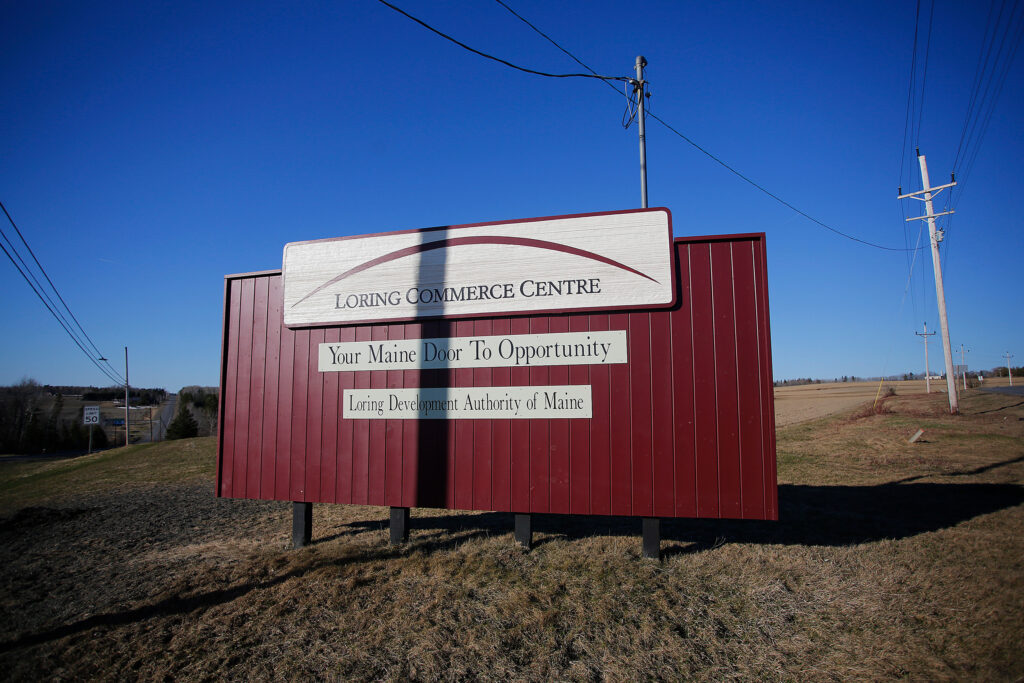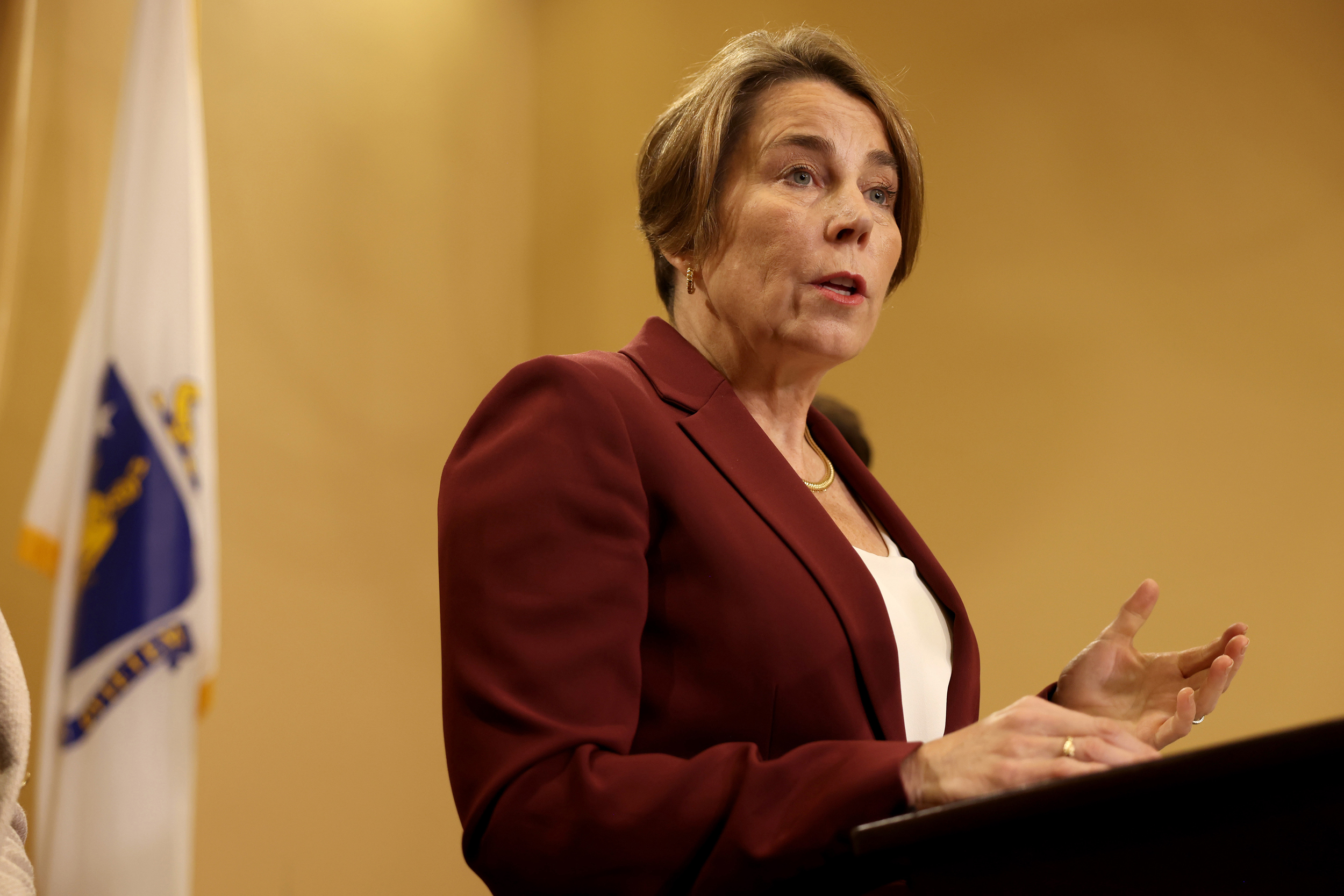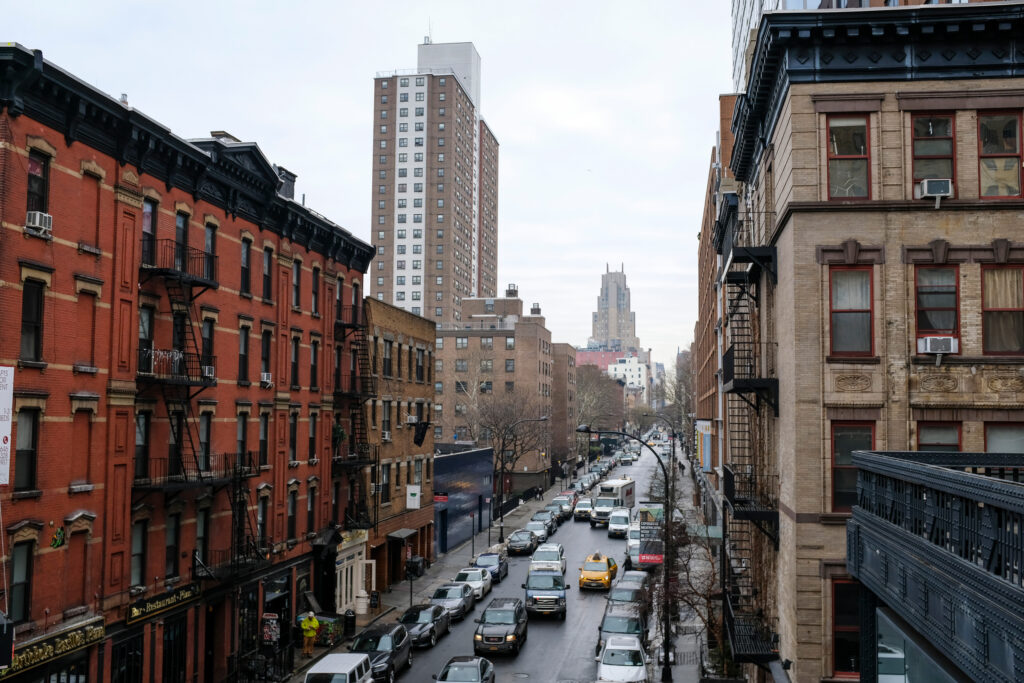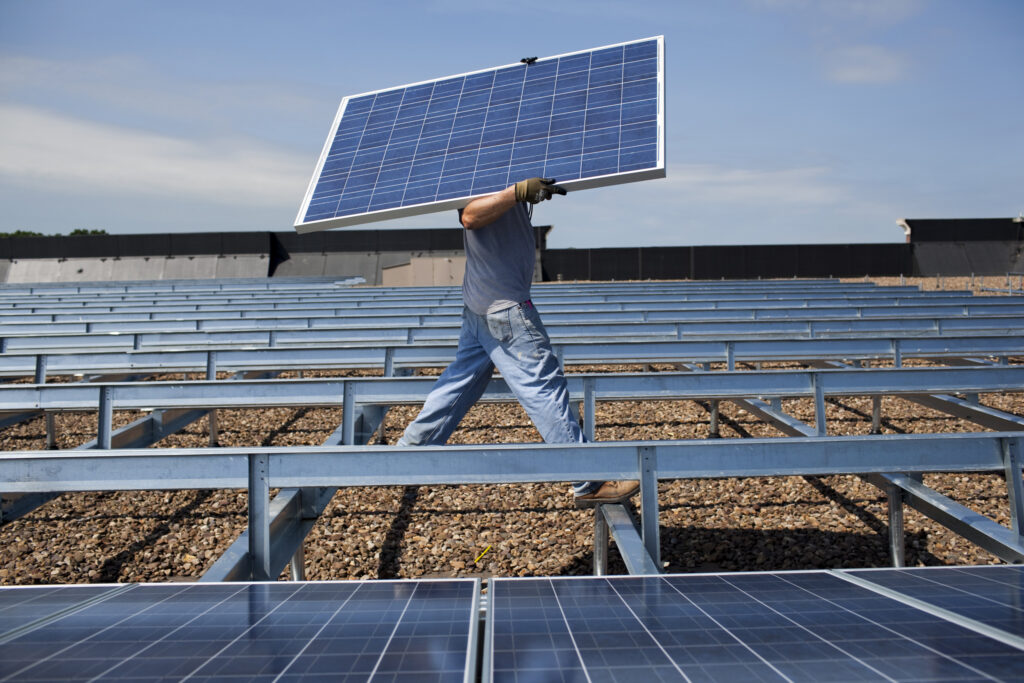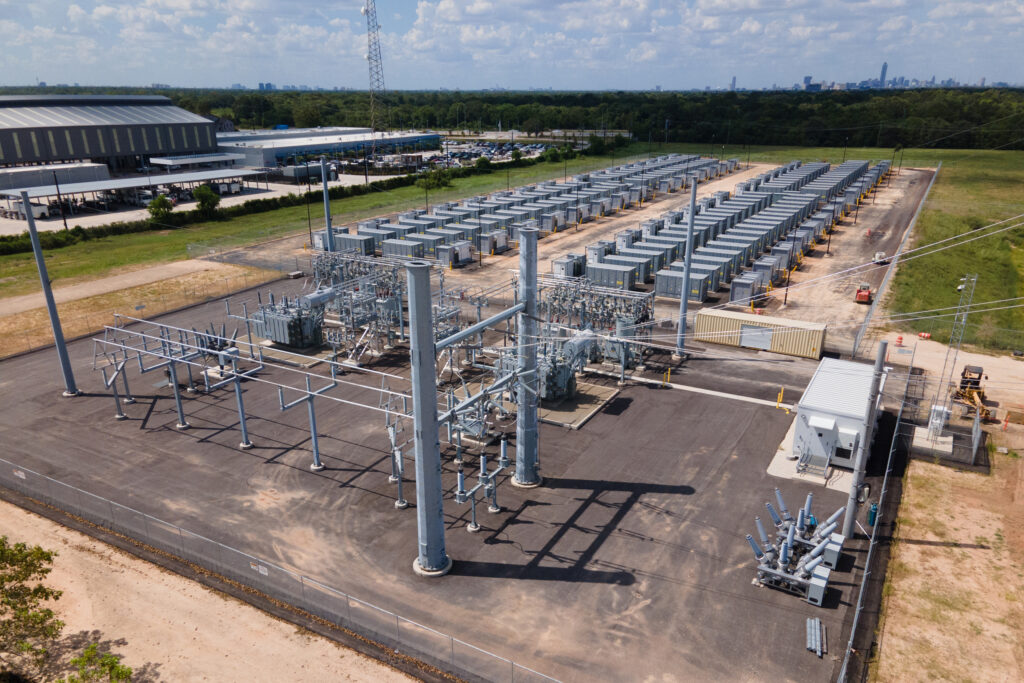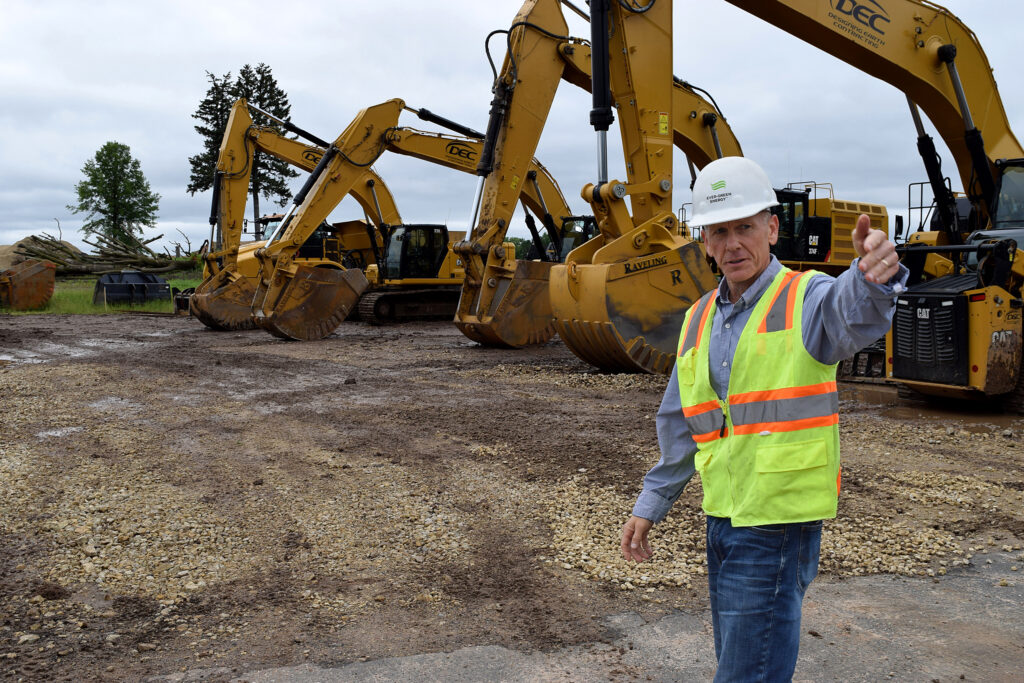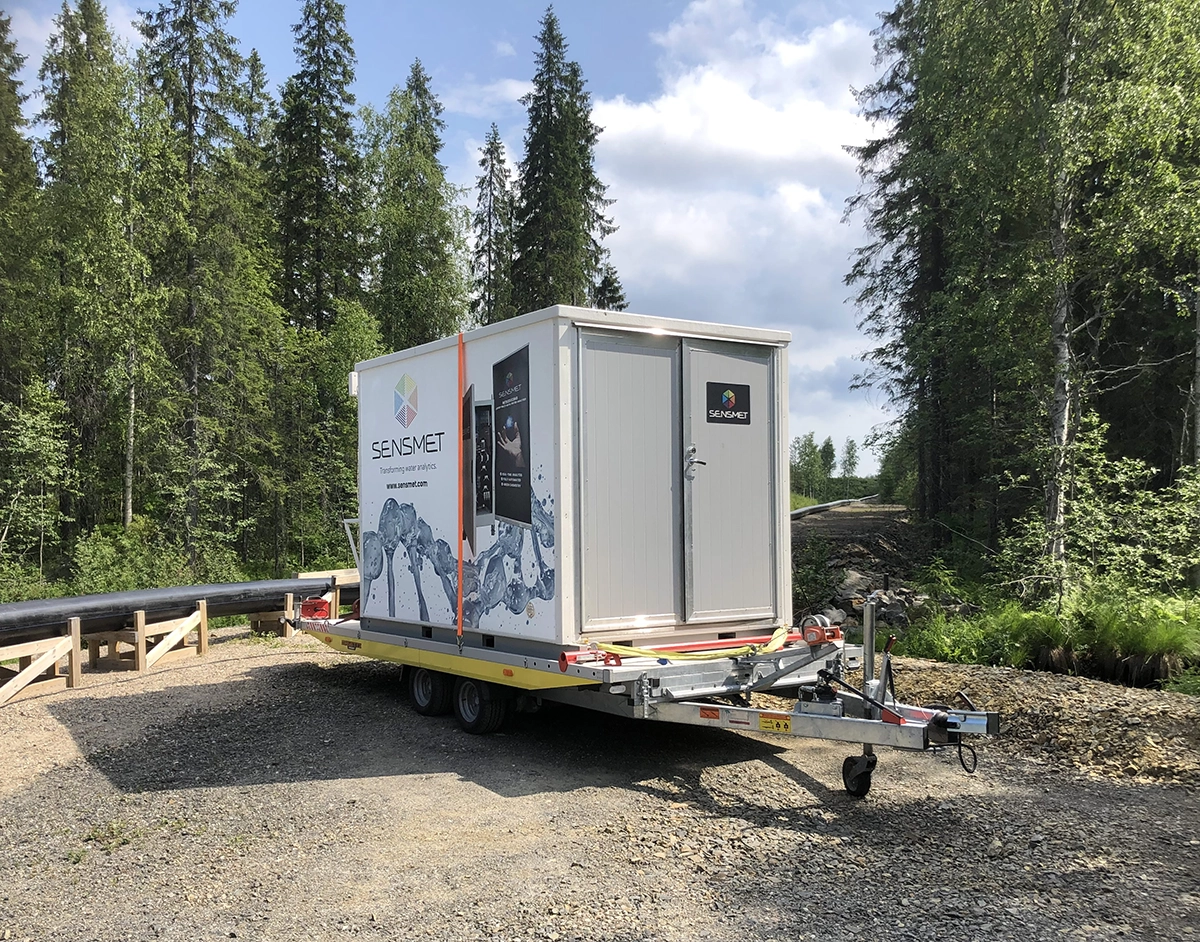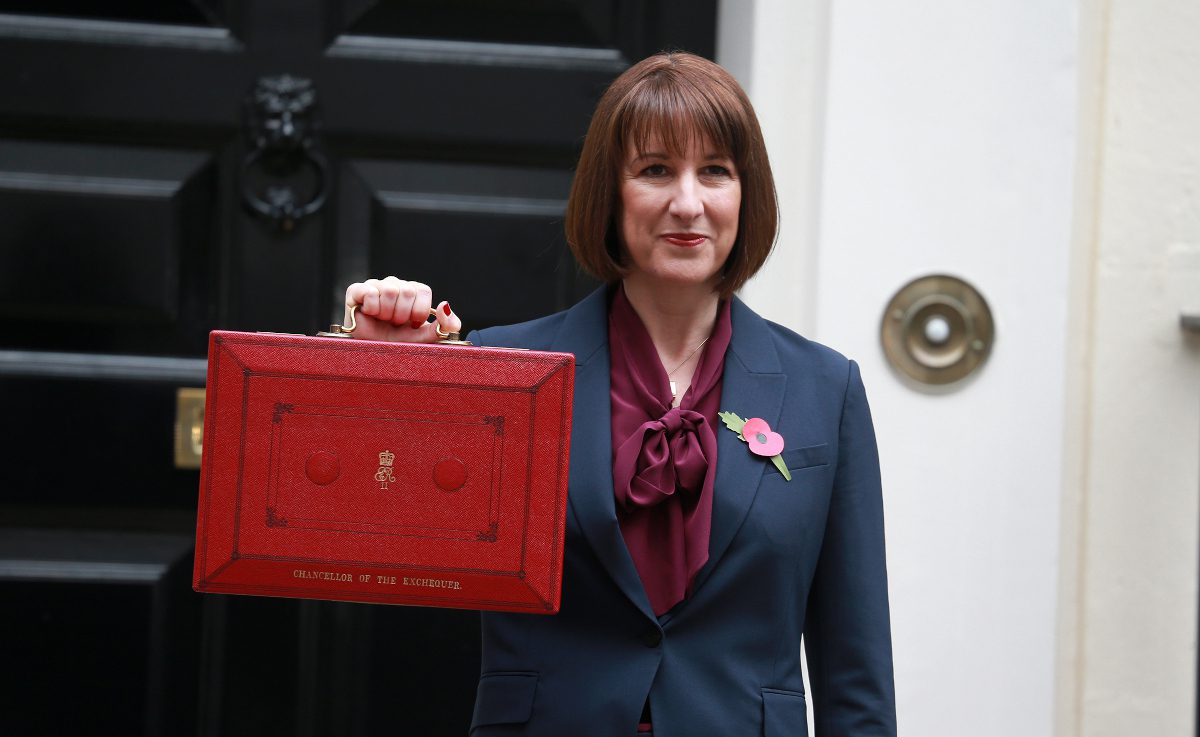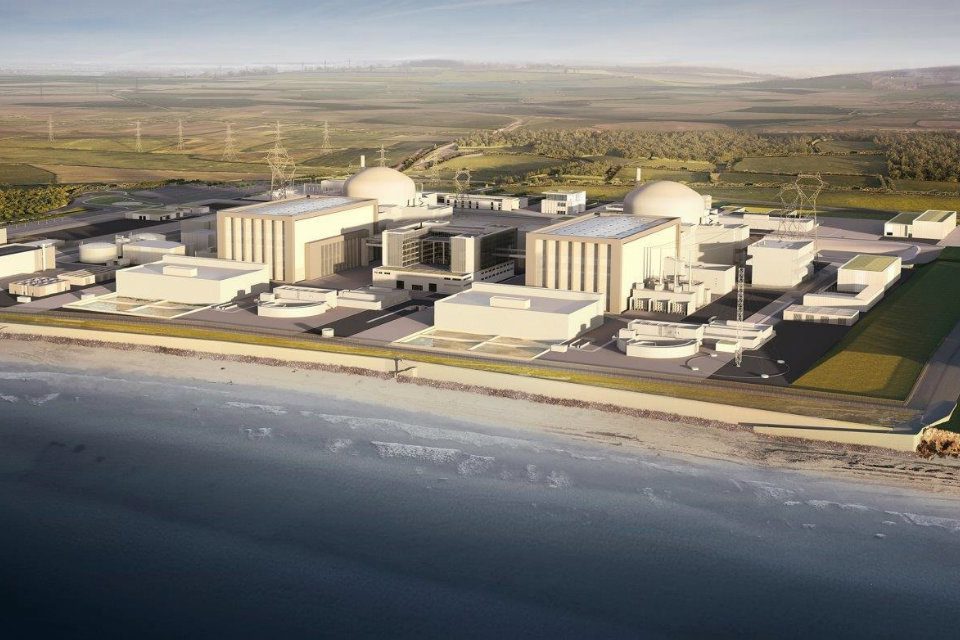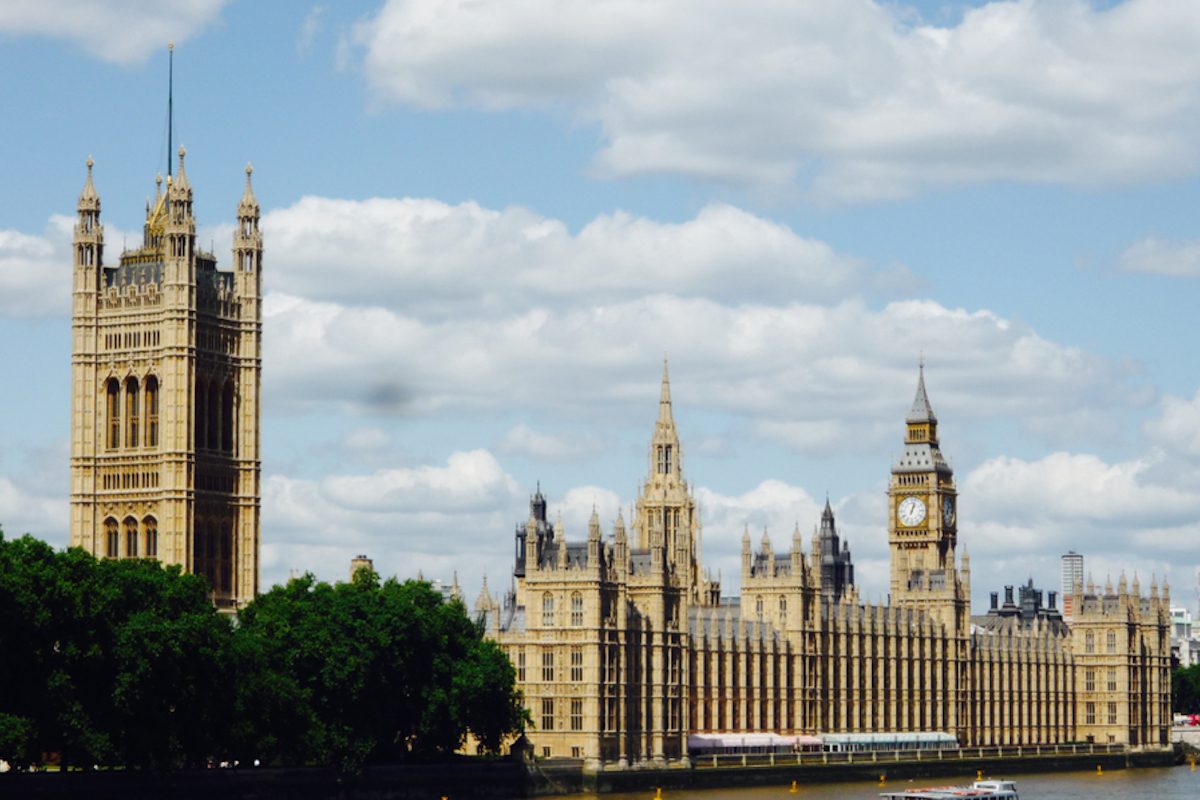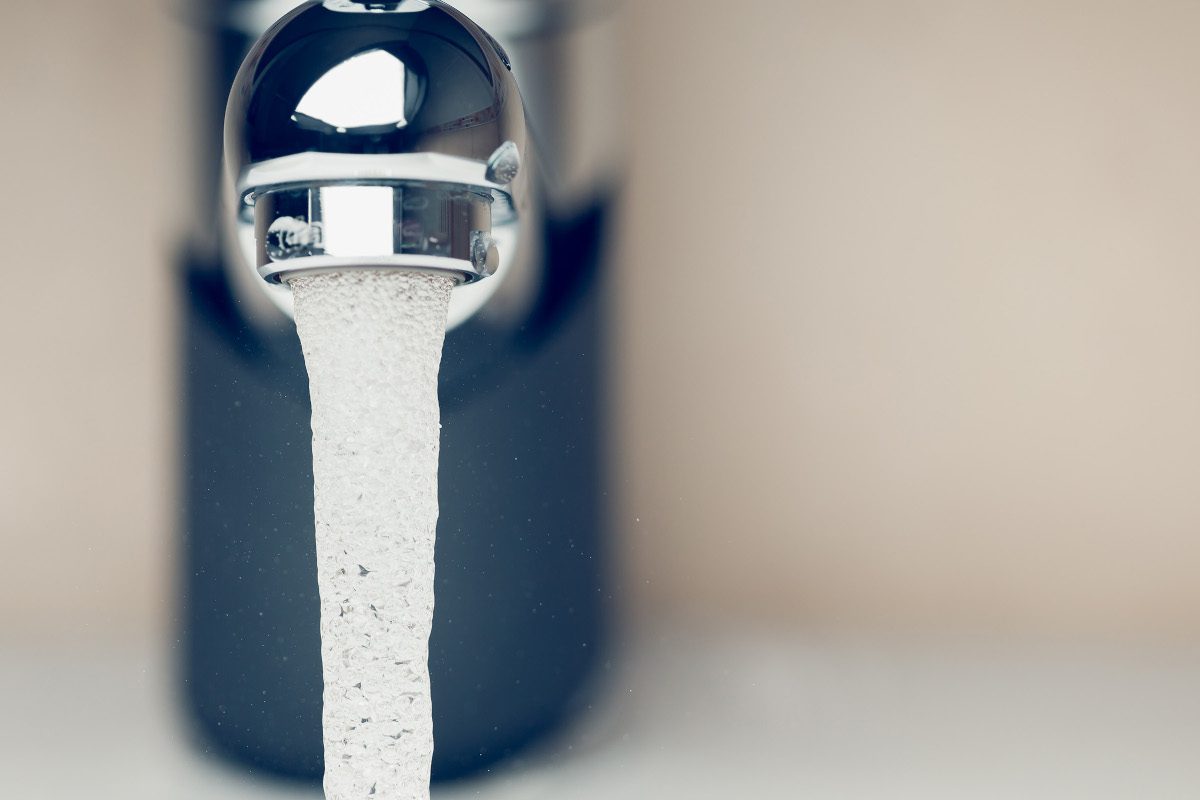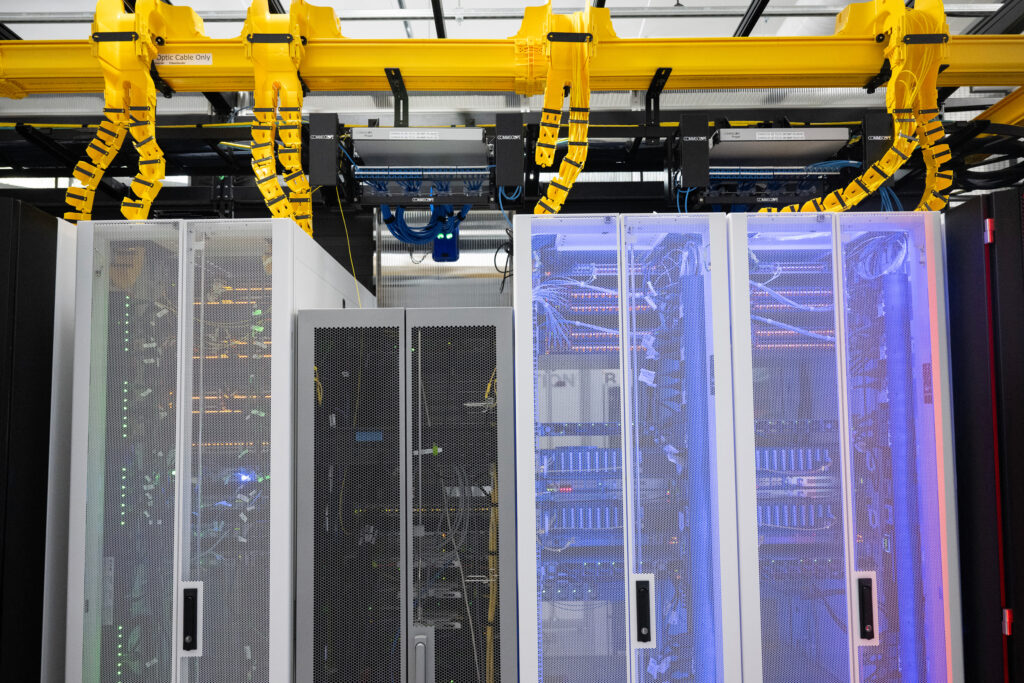Colstrip, in Rosebud County, Montana, sitting next door to the strip mines that feed it, remains the second-largest coal power plant in the American West, even after part of it was retired in 2019. But not long after that, Rosebud County also became the home of the biggest wind energy project in Montana.
“When you try to put a wind farm in a coal county, you’re gonna get some backlash,” recounted Robert Lee, a Rosebud County commissioner for 17 years.
Colstrip is owned in part by utilities in Oregon and Washington. The plant’s partial retirement occurred after those states passed laws phasing out coal. But Lee described how local residents blamed the proposed wind farm for the retirement, and how one of the county commissioners lost his bid for reelection after he supported the wind development. “It was real ugly times in here,” Lee recalled. “There were some pretty hard feelings.”
Today, Rosebud County’s rugged plains are dotted with 279 wind turbines of the Clearwater Wind Energy Center, built by NextEra Energy Resources. The electricity is carried to the West Coast by the same transmission lines freed up by the partial retirement of the Colstrip power plant.
Despite the turmoil in allowing wind development into the county, the financial benefits have been substantial. Lee explained that Rosebud County received $5.7 million from impact fees, which were paid by the developer to offset the effects of construction, such as increased traffic and road use. The county distributed some of these funds to its two towns and three school districts, each of which received $570,000. For the Rosebud school district’s 59 students, that adds up to nearly $10,000 per student.
Lease payments to landowners are another source of income from wind development. Lee earns money from the new transmission line that crosses over his 45,000-acre cattle ranch, and the Clearwater project website estimates that local landowners will receive $226 million in lease payments over 30 years.
Though Lee repeatedly stated he’s not “pro-wind,” his experiences both as a landowner and county commissioner have been largely positive. “Why would you be against it?” he said. “I will never understand it.”
But as wind developers scope out new projects across eastern Montana, a surge of opposition is rising.
Attempts to Restrict Wind Turbines Fail in the Montana Legislature
Spurred by local backlash against wind development, state legislators recently proposed bills to limit the height of wind turbines (HB 283) and increase the spacing between them (SB 389), restrictions that would significantly reduce the amount of power a project like Clearwater could generate.
The bills would have gone far beyond industry norms. For example, SB 389 sought to require that wind turbines be 3,000 feet away from public roads and 1.5 miles from the property of a landowner who has opted not to lease their land to the wind project. For comparison, Montana allows oil and gas wells to be just 330 feet from a property line.
Public testimony was fierce. Opponents from labor unions, wind companies and tribal communities lined up to urge the Legislature to reject the restrictive bills.

Eric Smythe from Scout Clean Energy testified that the proposed setback distances would rule out all but 1 percent of the area the company is currently developing. “We view this as a de facto moratorium,” he said. “It would certainly halt our project, and we believe it would effectively halt all wind projects in the state.”
Ross Feehan of NextEra Energy Resources explained that his employer is poised to invest $1.85 billion in new projects in Montana, which he estimated would add more than $2.2 billion to Montana’s economy and raise $475 million in local and state revenue. “This government-imposed mandate would place Montana at a tremendous competitive disadvantage,” he said.
Bruce Spencer from the Montana Energy Business Alliance testified, “What’s at risk here is over $4 billion—that’s with a ‘B’—$4 billion of investment into the state of Montana.”
Several landowners spoke in favor of the restrictions on wind development. Casey Mott’s ranch in Custer County, Montana, borders a wind farm. He said the turbines are a noisy eyesore, and “they’re constantly going.” He opted not to lease any of his land to wind developers, but his neighbors did.
“We don’t get any of the economic benefit of it, but we get all of the problems of it,” Mott said.
Landowner Shane Eaton testified that a turbine placed too close to a property line would, in effect, steal wind from the neighboring property. Without legally-mandated setbacks, Eaton argued, “we’re gonna have lawsuits because my neighbor is taking my wind.”
As state lawmakers prepared to vote on the bill, Republican legislator Tom Millett offered an amendment to reduce the setback distances, saying the large setbacks in the original bill “seemed a little excessive.”
“What’s at risk here is over $4 billion—that’s with a ‘B’—$4 billion of investment into the state of Montana.”
— Bruce Spencer, Montana Energy Business Alliance
But even the smaller setbacks didn’t garner enough support from lawmakers.
Neither bill advanced out of committee. Instead, the Legislature passed a new bill with modest requirements for setback distances, more in line with standard industry practice. The bill is currently awaiting Gov. Greg Gianforte’s signature.
Democratic legislator Alanah Griffith argued that the issue is best left up to the counties, each of which will have its own priorities and methods for managing wind energy. “I don’t think there’s any reason why the state should interfere in the county’s ability to make these decisions,” she said.
The Wild West of Wind Zoning
With the failure of bills to significantly restrict wind energy at the state level, the controversy returns to the counties.
Wibaux County, in the far eastern portion of the state, is the site of the proposed Wibaux Wind Farm. In response to the planned project, the County Commission drafted zoning restrictions that could stifle wind development. The proposed zoning would impose setbacks of 1,250 feet from property lines and 1.5 miles from residences, according to Commissioner Darin Miske’s testimony in the state Legislature.
Wibaux County commissioners declined to discuss the issue in an interview because the new rules are currently being appealed.
This story is funded by readers like you.
Our nonprofit newsroom provides award-winning climate coverage free of charge and advertising. We rely on donations from readers like you to keep going. Please donate now to support our work.
Donate Now
Nearby, Prairie and Dawson counties could be home to Glendive Wind, a NextEra project that would contain around 800 megawatts of wind capacity. These counties have become the next battleground over wind farms, with heated discussions dominating some town meetings.
Prairie County Commissioner Todd Devlin believes government tax credits are driving Montana’s wind rush. “The feds gave them so many tax credits and so many incentives and so many grants,” he said, adding that wind companies are moving into Montana “because the money is so good for their shareholders.”
Local opposition has again been vocal. “There’s a lot of people in the county that are really against it,” Devlin said. However, he feels some of the claims against wind turbines may be overstated, such as the risk of ice being thrown from turbine blades. Devlin’s main concern is for landowners who don’t lease their land to wind developers but still have to endure the impacts of the project.
The Prairie County Board of Commissioners explored the idea of enacting emergency zoning, but Devlin said the county doesn’t have much choice but to let the project continue, especially because many local landowners have already signed lease agreements allowing turbines to be built on their land.
Dawson County Commissioner Dennis Zander echoed Devlin’s comments. The county is still in the “discovery phase” with the Glendive Wind project, he said, and the commission has no plans to create zoning to restrict wind development.
“It’s a matter of private property rights between the company and the landowners,” Zander said.
Local opinions are mixed on the wind farm, he said, but “the people who are for it are a lot quieter than those who are against it.” People who are in favor of the wind farm often approach the commissioners on the street, Zander said, but “the people against it show up at the meetings.”
Without the wind farms, the economics of Prairie and Dawson counties will continue to rely on agriculture, or “cattle, livestock and cattle,” as Devlin put it.
“I represent about 1,100 people and 32,000 mother cows,” Devlin said with a dry laugh. “My best constituents are the cows. They don’t complain.”
About This Story
Perhaps you noticed: This story, like all the news we publish, is free to read. That’s because Inside Climate News is a 501c3 nonprofit organization. We do not charge a subscription fee, lock our news behind a paywall, or clutter our website with ads. We make our news on climate and the environment freely available to you and anyone who wants it.
That’s not all. We also share our news for free with scores of other media organizations around the country. Many of them can’t afford to do environmental journalism of their own. We’ve built bureaus from coast to coast to report local stories, collaborate with local newsrooms and co-publish articles so that this vital work is shared as widely as possible.
Two of us launched ICN in 2007. Six years later we earned a Pulitzer Prize for National Reporting, and now we run the oldest and largest dedicated climate newsroom in the nation. We tell the story in all its complexity. We hold polluters accountable. We expose environmental injustice. We debunk misinformation. We scrutinize solutions and inspire action.
Donations from readers like you fund every aspect of what we do. If you don’t already, will you support our ongoing work, our reporting on the biggest crisis facing our planet, and help us reach even more readers in more places?
Please take a moment to make a tax-deductible donation. Every one of them makes a difference.
Thank you,




